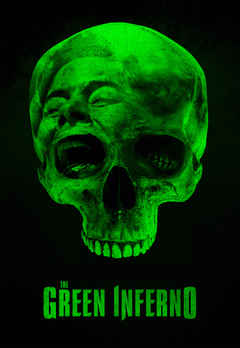

In a later myth, Thamyris challenged them to a singing contest. They also gathered the pieces of the dead body of Orpheus, son of Calliope, and buried them in Leivithra. In one myth, the Muses judged a contest between Apollo and Marsyas. Athena later tamed the horse and presented him to the Muses (compare the Roman inspiring nymphs of springs, the Camenae, the Völva of Norse Mythology and also the apsaras in the mythology of classical India).Ĭlassical writers set Apollo as their leader, Apollon Mousēgetēs ("Apollo Muse-leader"). It was said that the winged horse Pegasus touched his hooves to the ground on Helicon, causing four sacred springs to burst forth, from which the Muses, also known as pegasides, were born.

Sometimes the Muses are referred to as water nymphs, associated with the springs of Helicon and with Pieris. Gaia is Mother Earth, an early mother goddess who was worshipped at Delphi from prehistoric times, long before the site was rededicated to Apollo, possibly indicating a transfer to association with him after that time. įor Alcman and Mimnermus, they were even more primordial, springing from the early deities Ouranos and Gaia. Hesiod in Theogony narrates that the Muses brought to people forgetfulness, that is, the forgetfulness of pain and the cessation of obligations. It was not until Hellenistic times that the following systematic set of functions became associated with them, and even then some variation persisted both in their names and in their attributes:Īpollo and the Muses on Mount Helicon (1680) by Claude LorrainĪccording to Hesiod's Theogony (seventh century BC), they were daughters of Zeus, king of the gods, and Mnemosyne, Titan goddess of memory. However, the classical understanding of the Muses tripled their triad and established a set of nine goddesses, who embody the arts and inspire creation with their graces through remembered and improvised song and mime, writing, traditional music, and dance. The Quaestiones Convivales of Plutarch (46–120 AD) also report three ancient Muses (9.I4.2–4). They were called Melete or "Practice", Mneme or "Memory" and Aoide or "Song". The Roman scholar Varro (116–27 BC) relates that there are only three Muses: one born from the movement of water, another who makes sound by striking the air, and a third who is embodied only in the human voice. 600 BC), generally followed by the writers of antiquity, the Nine Muses were the nine daughters of Zeus and Mnemosyne (i.e., "Memory" personified), figuring as personifications of knowledge and the arts, especially poetry, literature, dance and music. ĭiodorus states (Book I.18) that Osiris first recruited the nine Muses, along with the satyrs, while passing through Aethiopia, before embarking on a tour of all Asia and Europe, teaching the arts of cultivation wherever he went.Īccording to Hesiod's account (c. Writers similarly disagree also concerning the number of the Muses for some say that there are three, and others that there are nine, but the number nine has prevailed since it rests upon the authority of the most distinguished men, such as Homer and Hesiod and others like them. In the first century BC, Diodorus Siculus cited Homer and Hesiod to the contrary, observing: In Thrace, a tradition of three original Muses persisted. Some ancient authorities regarded the Muses as of Thracian origin. The earliest known records of the Muses come from Boeotia ( Boeotian muses). Gustave Moreau: Hesiod and the Muse (1891)- Musée d'Orsay, Paris


 0 kommentar(er)
0 kommentar(er)
